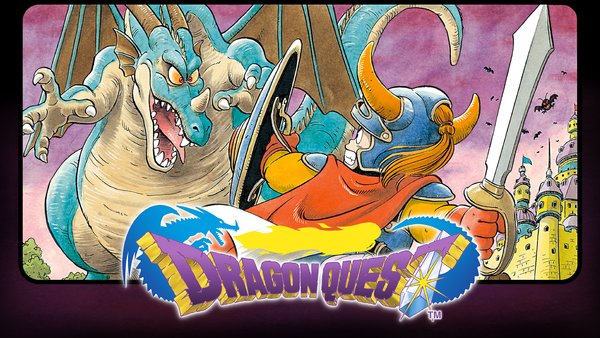The Evolution Of The JRPG
Breathing Fire Into the Genres

The Eastern-styled role-playing game had been treading ground on home consoles since the 80's, yet it took venturing new IP's out into the overseas market that the termed "JRPG" started to gain traction. The first wave to break new ground and expectations in Japan weren't Final Fantasy games, as many think, but a little title named Dragon Quest.
Bolstered by an art collaboration with Dragon Ball creator Akira Toriyama, this was cited as a game-changer for how narrative and storytelling could be delivered on console. The success of the series saw the rise of many others in its wake, including Square's first [and thankfully not last] Final Fantasy, as well as Sega's Phantasy Star series.
Whilst the first two may have walked familiar story beats with creatures based on myth and folklore commonly associated with dragons and dungeons, Sega went with a space-faring, galaxy-spanning adventure instead. Rather than being seen as fierce competition, this mix of options available saw a steady progression of all three series break into the nineties.
This steady wave allowed new publishers to break into the scene, such as Capcom with the first Breath of Fire in 1993 and Atlus with Shin Megami Tensei a year prior. If the latter sounds familiar to some, it's because the massively popular Persona series is an off-shoot of SMT.
Whilst Sega were still going strong with their efforts, the Super Nintendo was the popular choice for both continuations and new series to take root.